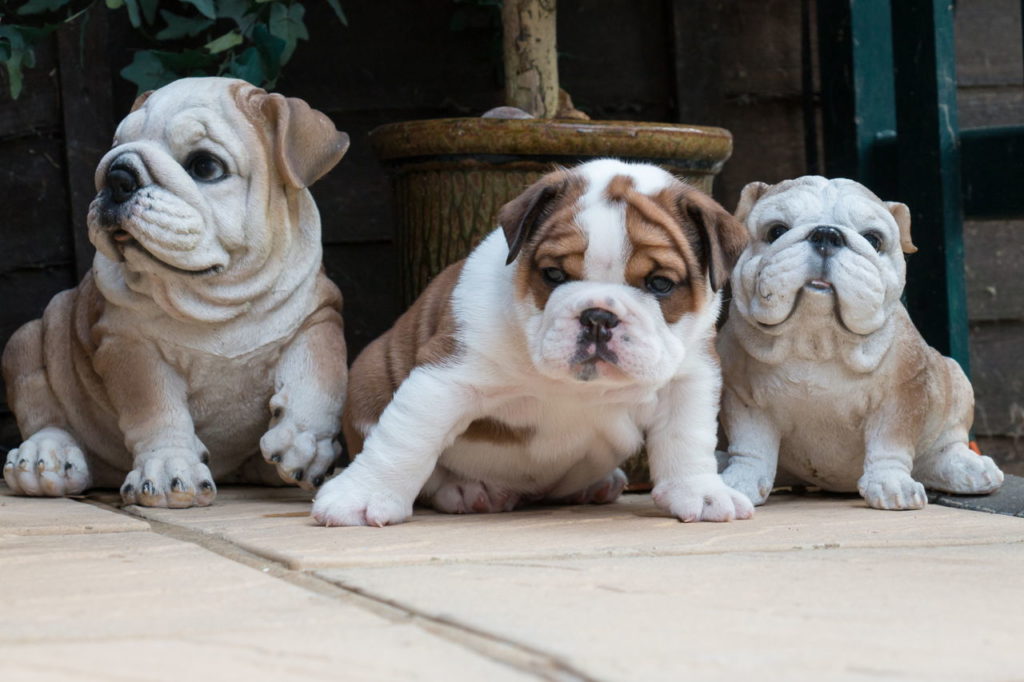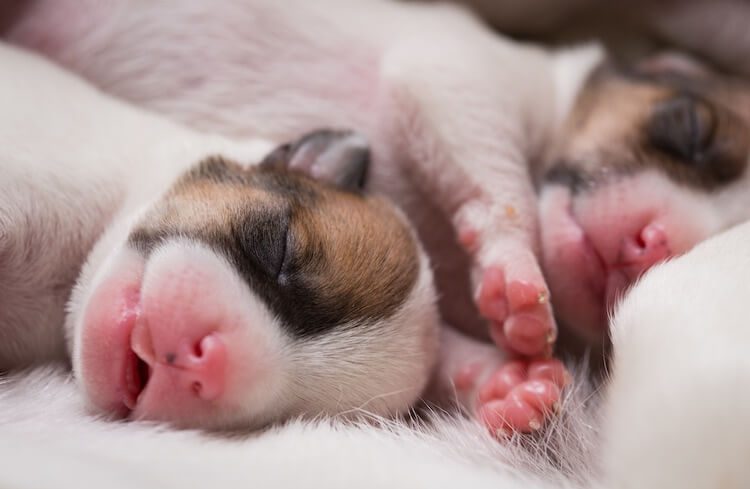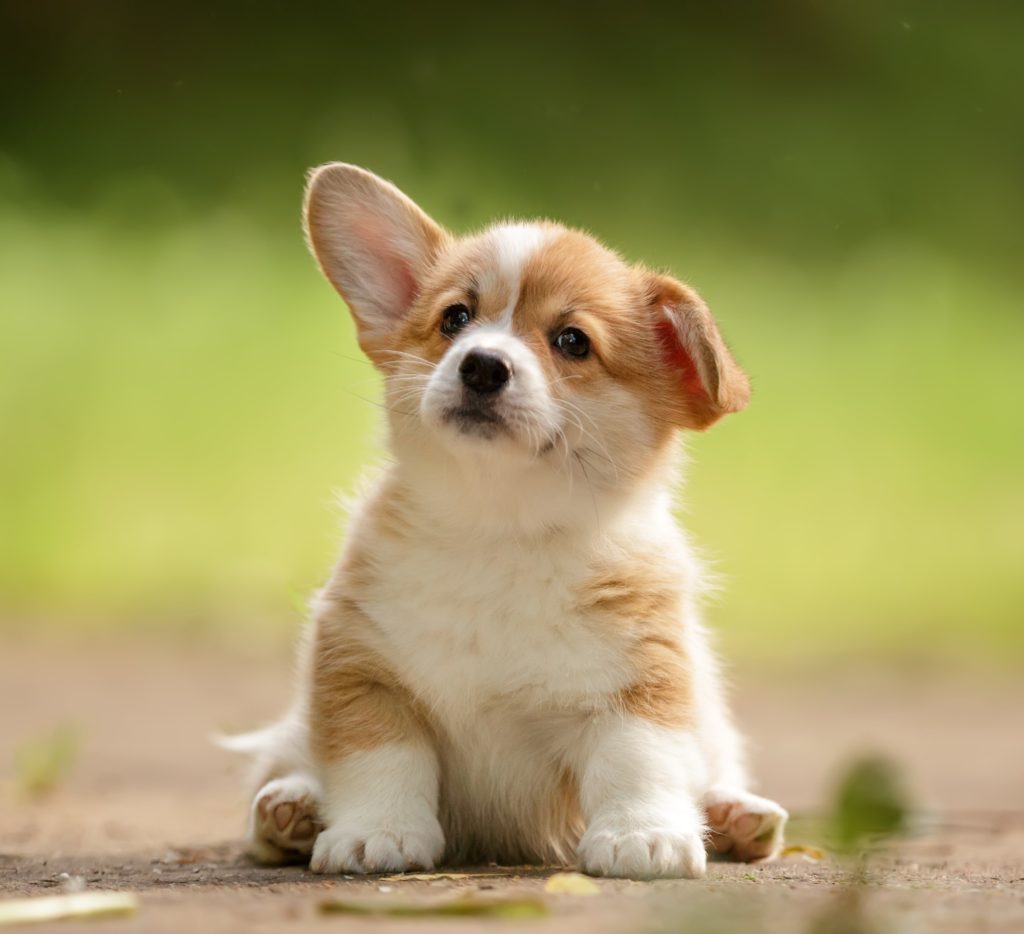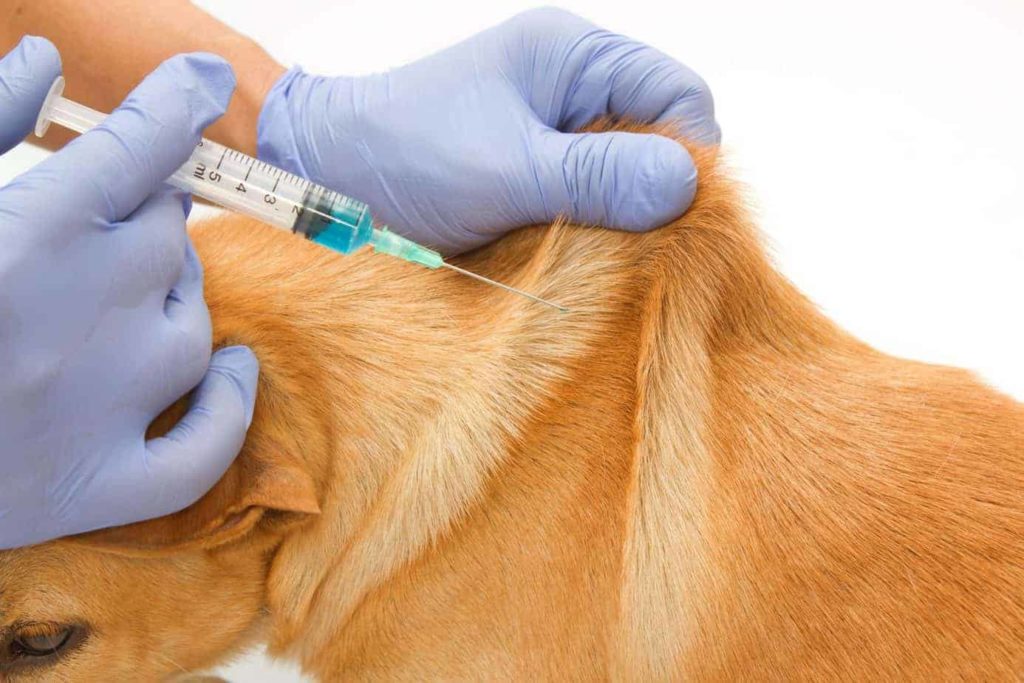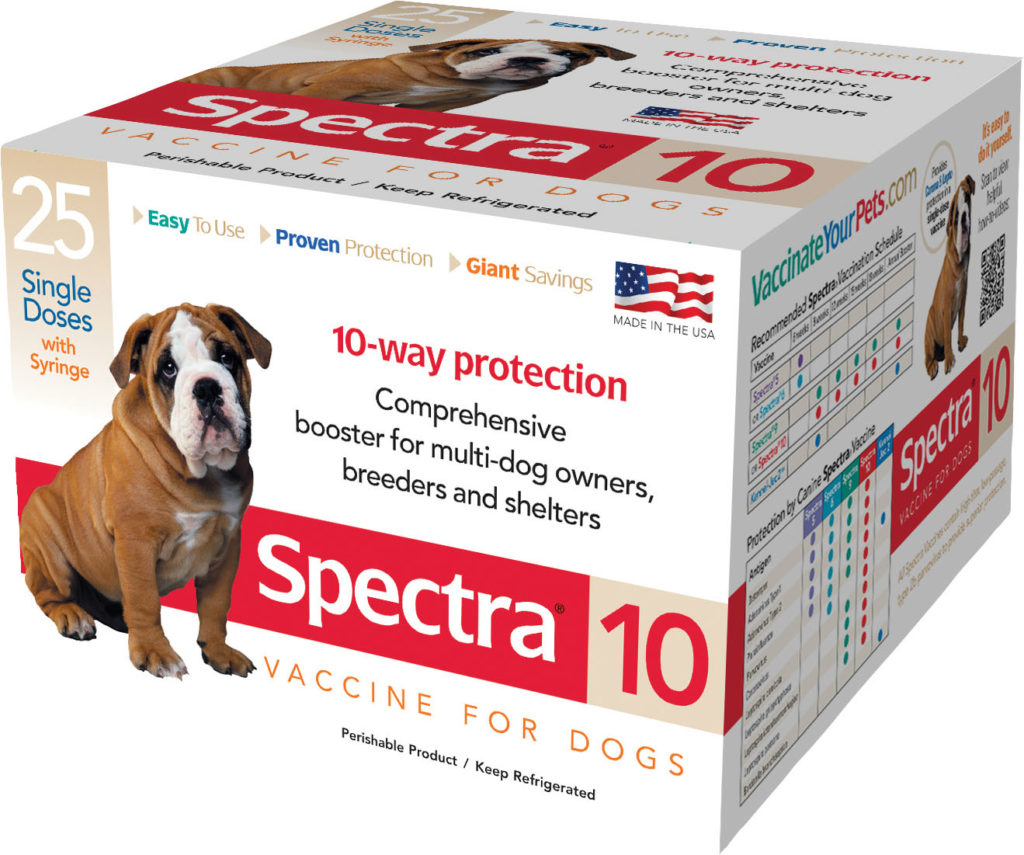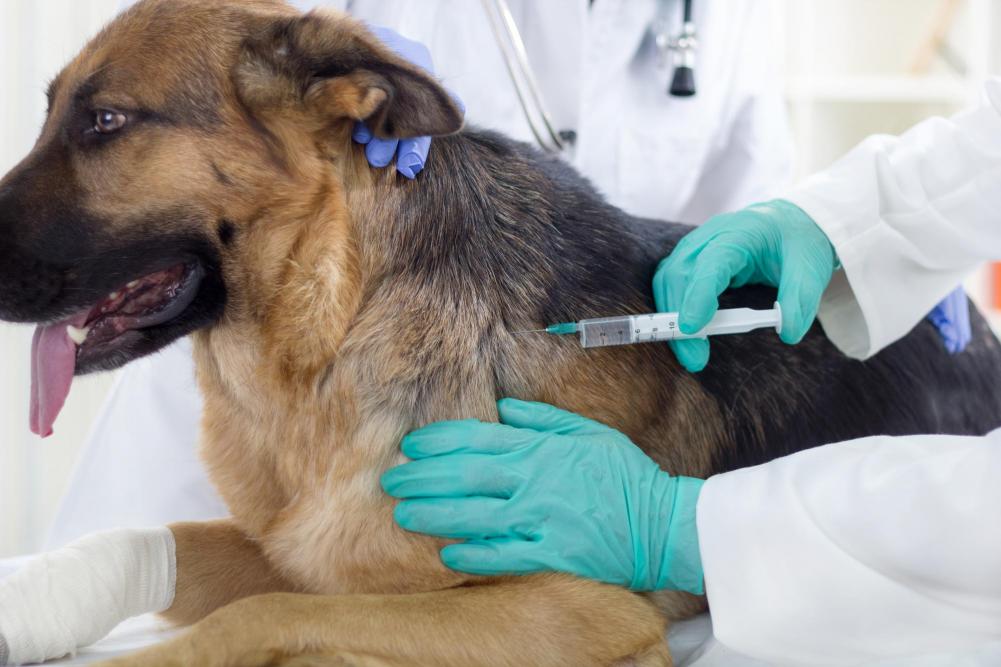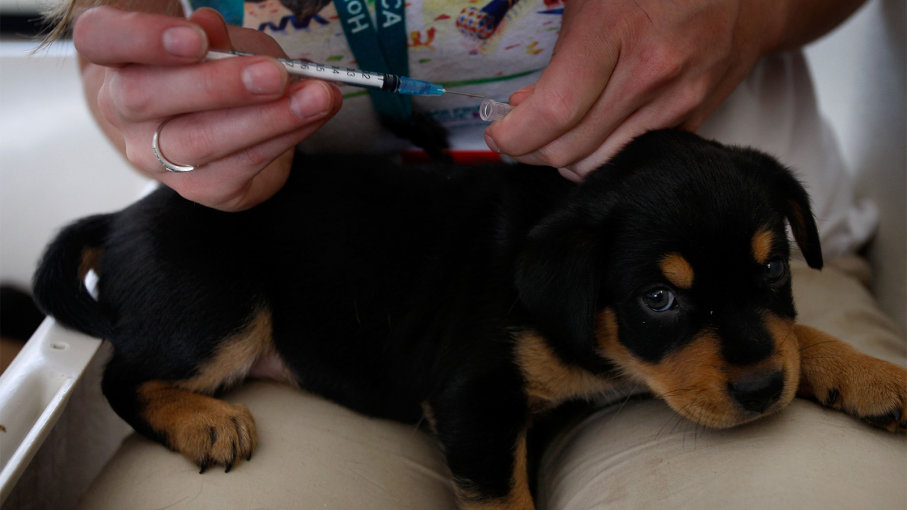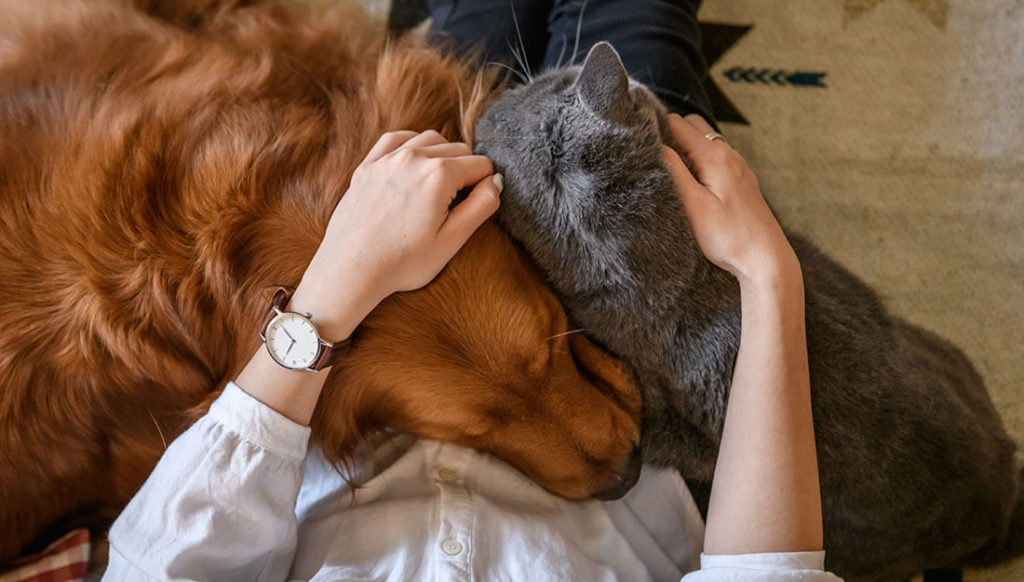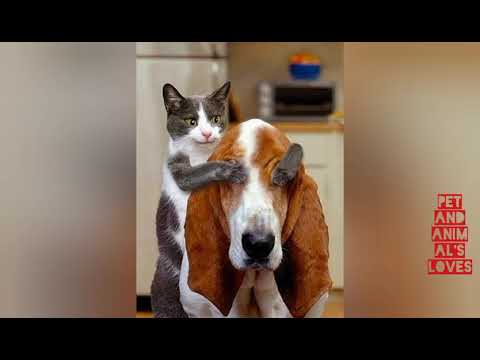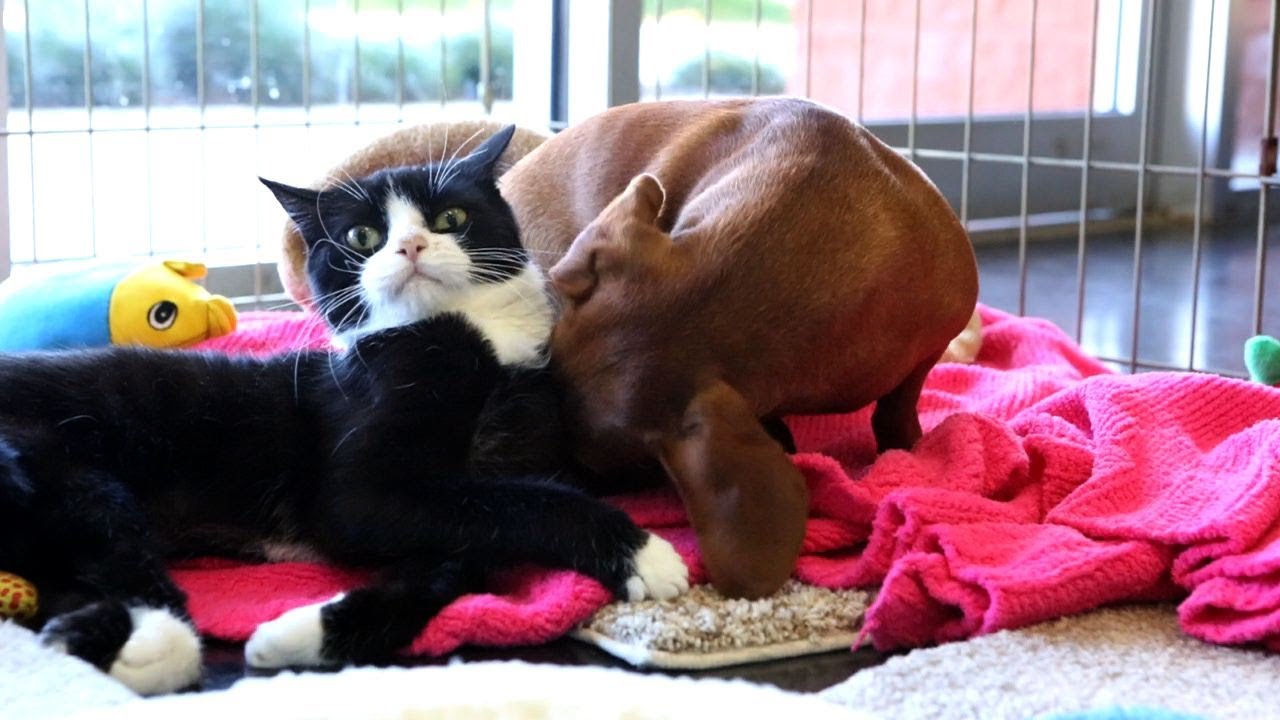Puppy Training / Train your puppy can be a big job, but taking the proper steps to housetrain and socialize your puppy can help set up you and your new pet for success.
Getting a new puppy is a joyous mood within the family. A new puppy can be a fantastic addition to your home and family, but as with any young animal, they have to learn a few rules.
Housetraining, obedience, and socialization all are important skills that every dog needs, and the sooner you start teaching them, the better. Teaching each skill requires consistency
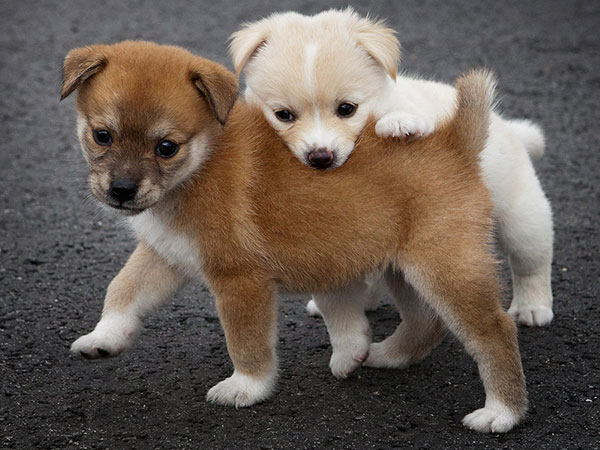 , patience, and positive reinforcement to create good habits and build a bond with your pet.
, patience, and positive reinforcement to create good habits and build a bond with your pet.
Housetraining should be the first lesson you work on with your new puppy. You can introduce your puppy to the basics of housetraining as early as possible, although the result may not be immediate. It typically takes up to six months or more for a dog to be completely housetrained, so be patient with your puppy.
Rules to follow When Puppy Training:
Identification Tag
When Puppy Training, the first thing your puppy should learn is his name; your puppy should look into your eyes when you say it. The easiest way to teach your puppy his name is to give him a treat each time he looks into your eyes, regardless of whether or not you say his name.
He’ll soon learn that making eye contact with you is worth his while. Then, once he’s offering eye contact, add his name just prior to when he looks at you. Follow immediately with a reward.
He’s now learning that the sound of his name paired with making eye contact results in a treat. Remember, do not use his name when disciplining especially when he’s first learning it. Make sure that your puppy associates his name only with good things.
Doing so will make him more likely to respond to you at all times. If your puppy links his name to bad things this may make him reluctant to come when called.
Having a name you use only when he’s bad will help you to avoid teaching your puppy negative associations with his ‘good’ dog name.
Training Method
Make sure that all members of your household use the same words to train your puppy. If you are using different words from other members of your household, then your puppy may get confused and take longer to learn. Don’t vary this command at all Keep your rules and boundaries consistent at all times. Apply the rules at all times. Make sure that you observe the rules that you have put in place at all times. Do not apply the rules half of the time or bend them on certain occasions.
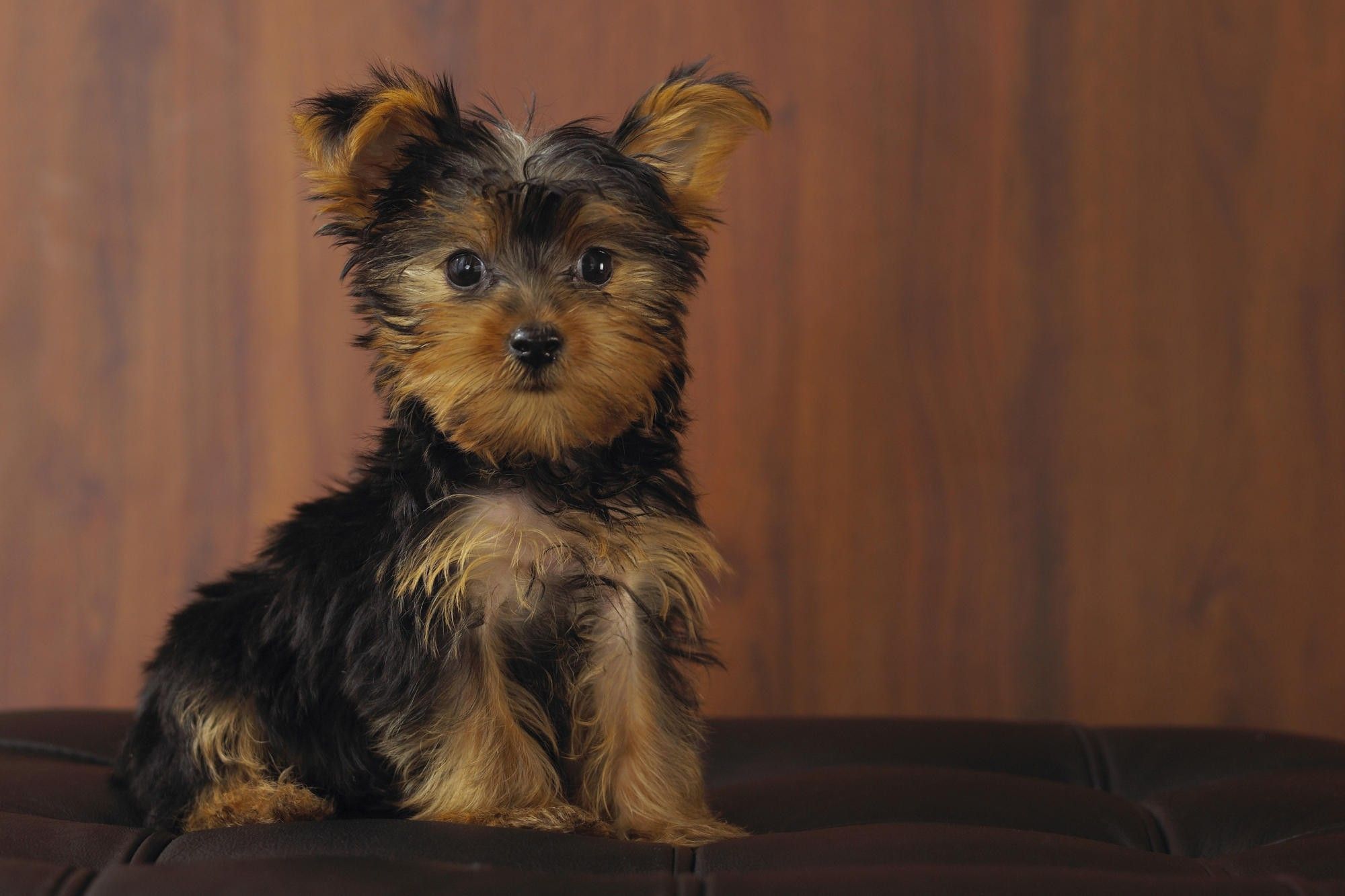
Appreciating your puppy
Scolding a puppy for making the room rough, especially after the fact, isn’t going to do anything except make your puppy think you’re wicked.
Likewise, some old methods of punishment, like rubbing a dog’s nose in her poop, are so bizarre that it’s hard to imagine how they came to be and if they ever worked for anyone. On the other hand, praising a puppy for doing the right thing works best for everything you will do in your life together.
Training works best when good behavior is rewarded. You can reward your puppy with a tasty treat, by playing a game with his favorite toy, or by making a fuss over him and praising him.
Yelling at your puppy or using physical punishment are not effective ways to get him to change his behavior. Your puppy will not understand what he is being punished for and this may lead to more bad behavior.
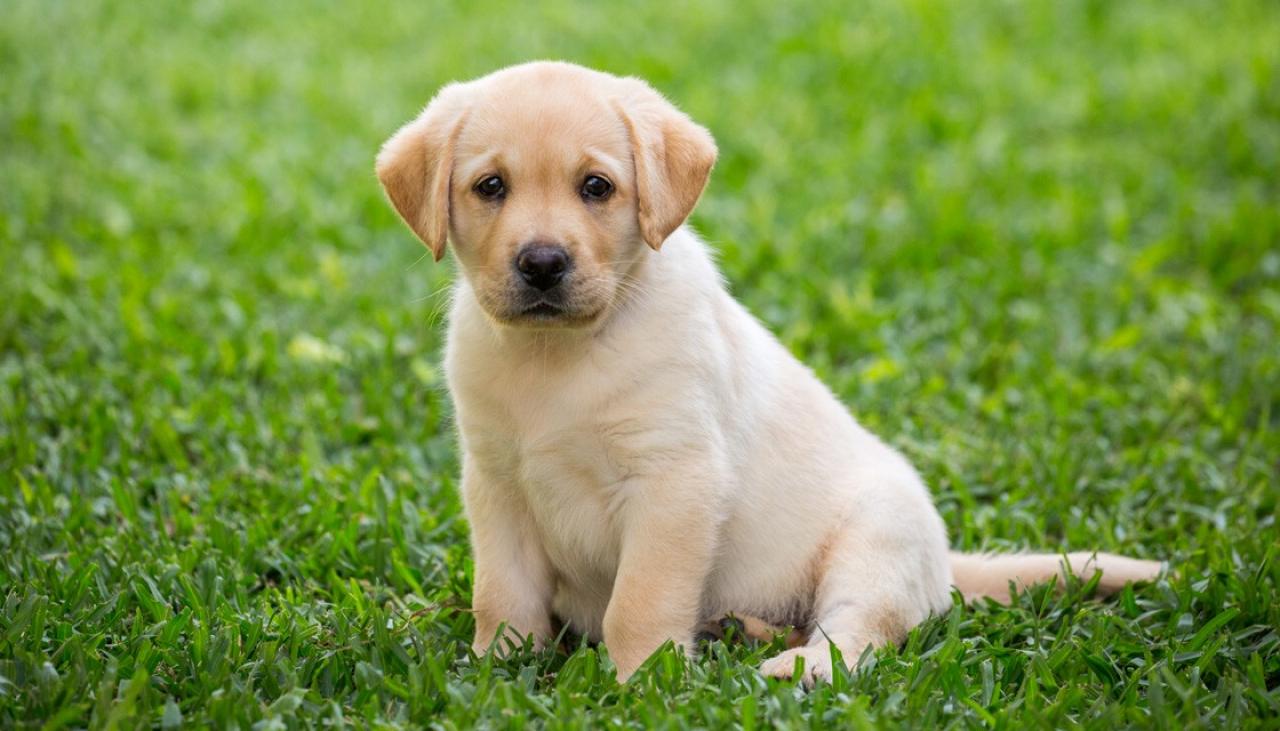
Puppy Training Socialization
Puppies are yet to be used to different things, such as children, noise, and other animals. Socializing your puppy early can help them acclimatize to the human environment. Well-socialized puppies are less likely to develop behavioral problems, and proper socialization can help prevent fears and phobias in the future. Never ever, say, think it’s funny to chase them with the vacuum cleaner. You should introduce your puppy to as many different people and social situations as possible. Expose them slowly to traffic noise and crowds of people, and let your puppy see large objects move or fall.
RECOMMENDED ARTICLES
- Great Dane Dog – Characteristics, Behaviour, Caring And Health
- Giant Schnauzer Dog; 4 Exclusive Body Characteristics, Behaviour, Caring And Health
- Dogue de Bordeaux Dog – 5 Exclusive Physical Characteristics, Behaviour And Health
- Bullmastiff Dog – 6 Captivating Physical Appearance, Training And Health
- Cane Corso Dog Breed – 7 Physical Appearance, Characteristics, Caring & Health
If you Like, Please share it. Sharing is usually Caring.


